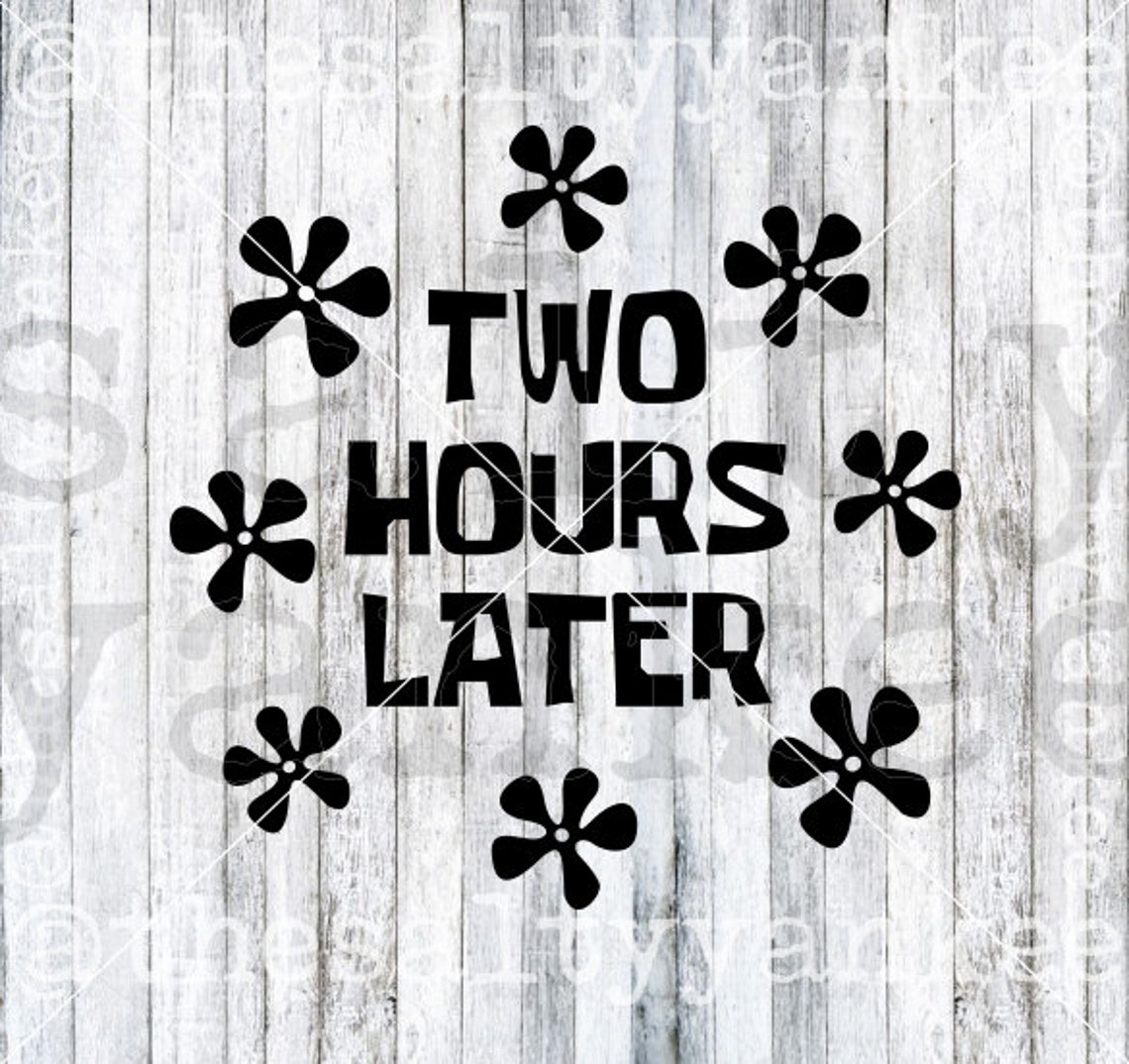

The practice even made it into ballads, such as "Old Robin of Portingale. Ekirch found casual references to the system of twice-sleeping in every conceivable form, with hundreds in letters, diaries, medical textbooks, philosophical writings, newspaper articles and plays.
#TWO HOURS LATER TRIAL#
They're also included in the poet William Baldwin's Beware the Cat (1561) – a satirical book considered by some to be the first ever novel, which centres around a man who learns to understand the language of a group of terrifying supernatural cats, one of whom, Mouse-slayer, is on trial for promiscuity.īut that's just the beginning. When Ekirch expanded his search to include online databases of other written records, it soon became clear the phenomenon was more widespread and normalised than he had ever imagined.įor a start, first sleeps are mentioned in one of the most famous works of medieval literature, Geoffrey Chaucer's The Canterbury Tales (written between 13), which is presented as a storytelling contest between a group of pilgrims. He managed to squeeze in an early morning murder between his sleeps one night – and according to his wife, often used the time to frequent other people's houses for sinister deeds. But others were darker, such as that of Luke Atkinson of the East Riding of Yorkshire. Some were fairly banal, such as the mention by the weaver Jon Cokburne, who simply dropped it into his testimony incidentally. Over the coming months, Ekirch scoured the archives and found many more references to this mysterious phenomenon of double sleeping, or "biphasic sleep" as he later called it. Was this just a familial quirk, or something more? "She referred to it as though it was utterly normal," says Ekirch.Ī first sleep implies a second sleep – a night divided into two halves. There was no further explanation – the interrupted sleep was just stated matter-of-factly, as if it were entirely unremarkable. In her testimony, Jane describes how just before the men arrived at their home, she and her mother had arisen from their first sleep of the evening.

"I can cite the original document almost verbatim," says Ekirch, whose exhilaration at his discovery is palpable even decades later. "They comment upon activity that's oftentimes unrelated to the crime itself."īut as he read through Jane's criminal deposition, two words seemed to carry an echo of a particularly tantalising detail of life in the 17th Century, which he had never encountered before – "first sleep". "They're a wonderful source for social historians," says Ekirch, a professor at Virginia Tech, US. So far, he had found court depositions particularly illuminating. He was sceptical that he'd find anything new. He was dreading writing the chapter on sleep, thinking that it was not only a universal necessity – but a biological constant. Originally, Ekirch had been researching a book about the history of night-time, and at the time he had been looking through records that spanned the era between the early Middle Ages and the Industrial Revolution.

And something about it struck him as odd. There, among the endless rows of ancient vellum papers and manuscripts, he found Jane's testimony. Nearly 300 years later, in the early 1990s, the historian Roger Ekirch walked through the arched entranceway to the Public Record Office in London – an imposing gothic building that housed the UK's National Archives from 1838 until 2003. That night, Mrs Rowth was brutally murdered, and her body was discovered in the following days. Or maybe she was in trouble, and knew that leaving the house was a risk.Įither way, Jane's mother didn't get to keep her promise – she never returned home. Perhaps Mrs Rowth had some nocturnal task to complete. She went with them freely – but first whispered to her daughter to "lye still, and shee would come againe in the morning". As Jane later explained to a courtroom, her mother had evidently been expecting the visitors.


 0 kommentar(er)
0 kommentar(er)
